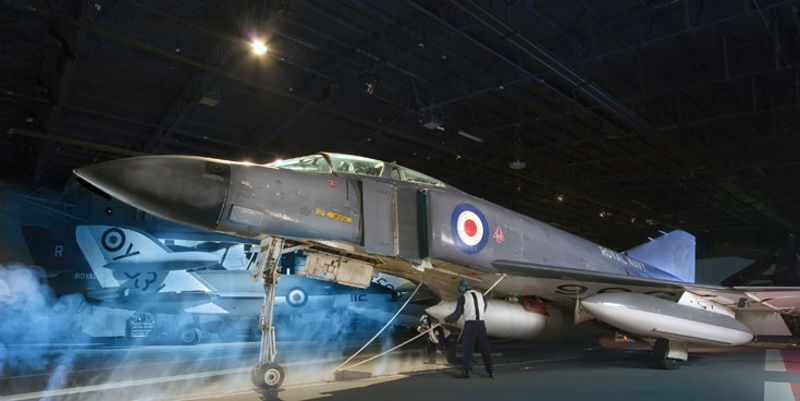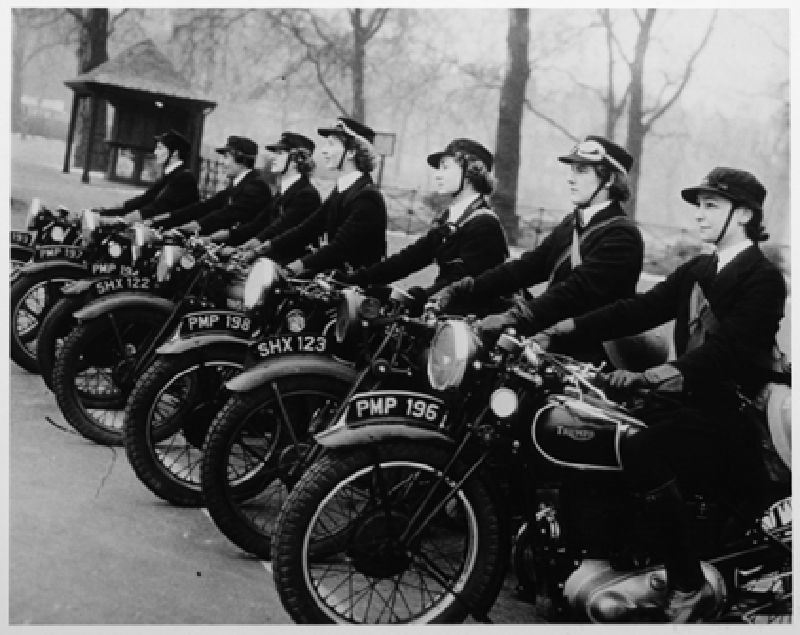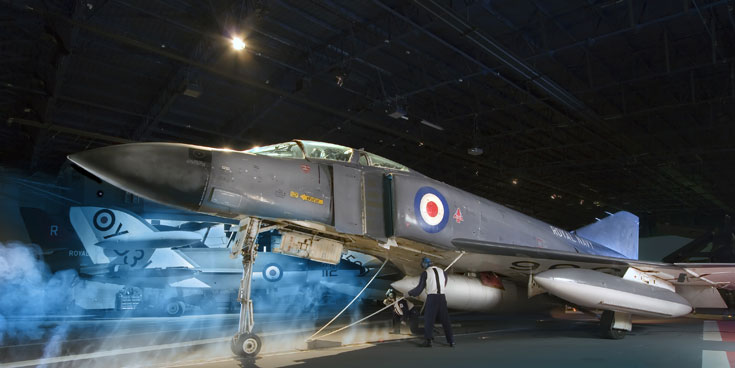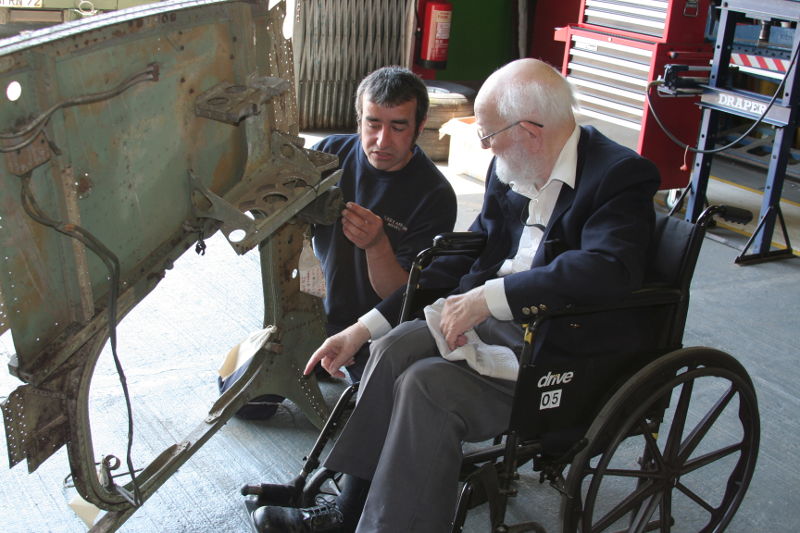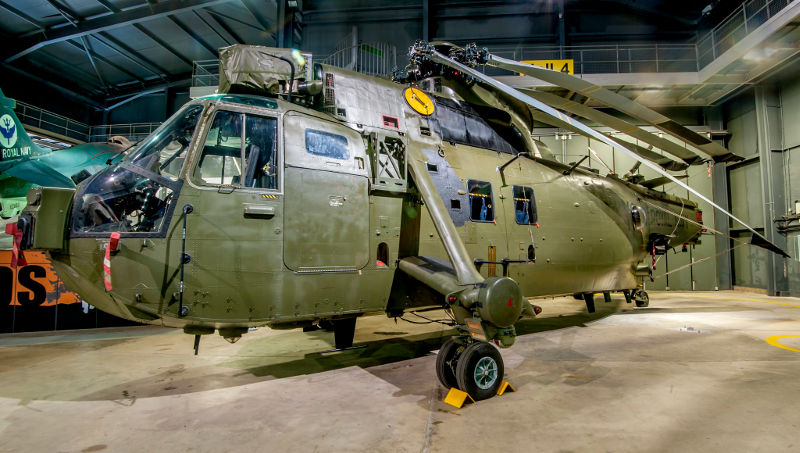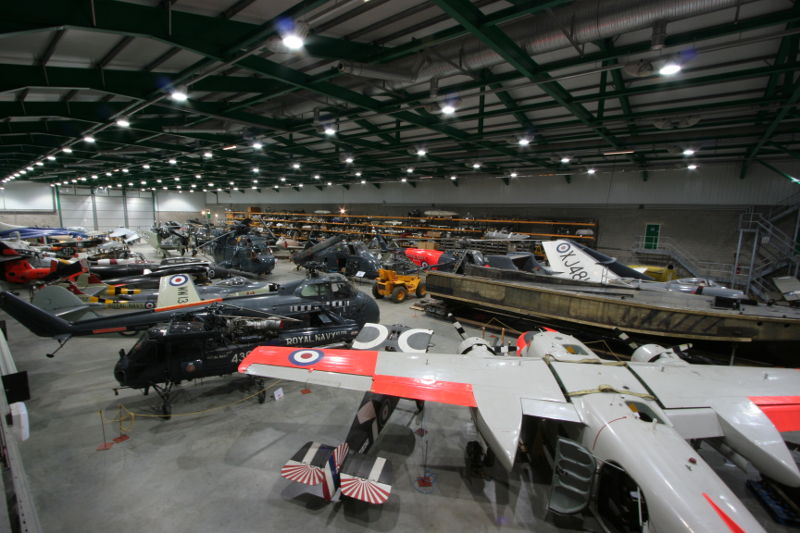Fleet Air Arm Museum launches new app featuring over 100 years of pioneering Royal Navy flying
Wednesday, February 21st, 2024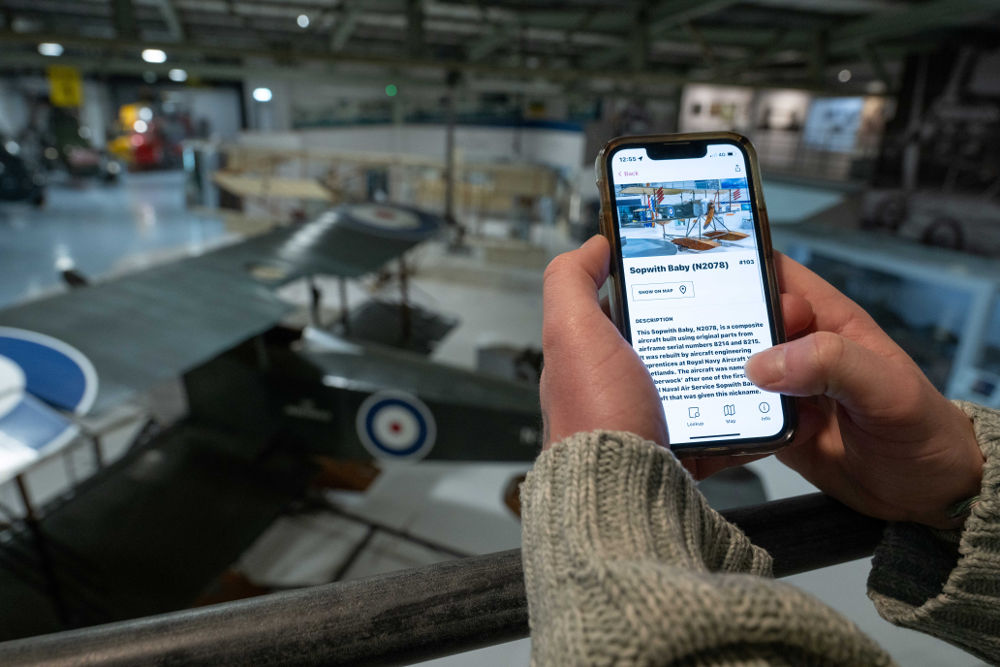
• The collections explorer app means the museum joins more than 250 iconic cultural institutions around the globe on the Bloomberg Connects app
• Joining the platform is a museum first for The National Museum of the Royal Navy
• Bloomberg Connects makes it easy to access and enjoy arts and culture from mobile devices when visiting in person, or anytime from anywhere.
In a first for The National Museum of the Royal Navy, its Somerset-based Fleet Air Arm Museum has launched a new digital guide on Bloomberg Connects, the free arts and cultural app created by Bloomberg Philanthropies, joining a global community of over 250 cultural institutions.
The Bloomberg Connects app, available for download from Google Play or the App Store, makes the Fleet Air Arm Museum which is Europe’s largest naval aviation museum, accessible for either onsite or offsite visits through photographs, audio and video features offering insights into over 100 years of pioneering Royal Navy flying history.
Elliott Bailey, Public Programming Manager at Fleet Air Arm Museum explained:
“The Bloomberg Connects App will allow our visitors to access more content from our collection than ever before, with expertly curated audio, video and text content being available for visitors to enhance their museum experience- be that on site or from home on their personal device. As a supplement to our guide book, it enables visitors to get the very most from their visit.”
“Practically this will help our visitors to scope out our exhibitions before their visit, better explore and navigate our collections during their visit, and further engage with our museum from home after their visit. Future plans include expanding the content to show aircraft and other collection items which are not currently on display.”
Set amongst four vast aircraft hangars, Fleet Air Arm Museum is home to Europe’s largest naval aviation collection. With veteran aircraft like the Sopwith Pup and Supermarine Seafire which helped secure victory in two world wars, helicopters that saw action in the Falklands to up-to-date and award-winning Aircraft Carrier Experience, visitors also get a fascinating view across to busy air station RNAS Yeovilton.
New to the museum is the chance to see conservation in action as an extinct aircraft is bought back to life. Not a single complete Barracuda aircraft exists in the world today and its legend will live on with Barracuda Live: The Big Rebuild as the Barracuda DP872 is reconstructed in the new Arthur Kimberley Viewing Gallery.
Legendary naval aviator and war hero Captain Eric “Winkle” Brown who was renowned for flying 487 different types of aircraft – a world record that is unlikely to be matched – is just one of the fleet air arm pilots featured at the museum which also includes his Vampire aircraft, the first jet to land on the deck of an aircraft carrier in 1945.
The Bloomberg Connects app is available for download from Google Play or the App Store


